detail profile rosa dias
Peran Yang Di Mainkan Rosa Dias
 A montage of 48 Brazilian films made...
A montage of 48 Brazilian films made...Flashes of Critiques Metaphysical Murmurs 2024
A montage of 48 Brazilian films made between 1898 and 2022. The moments, the frames, where we feel a glimmer, an innovation, some experimentation and emotion coming to us at different times. A fine thread that runs through cinema since its birth, and even before.
 Two women longtime friends embark on...
Two women longtime friends embark on...Rudder of Destiny 2023
Two women, long-time friends, embark on a love story. They are writers who do not write to publish but for themselves. Their mutual conversation, their desires, the risks and phantoms of existence, the privilege of the wounded and of condemnation, traverse their speech, are a confession.
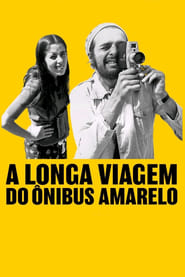 For this behemoth Bressane took his...
For this behemoth Bressane took his...The Long Voyage of the Yellow Bus 2023
For this behemoth, Bressane took his opera omnia and edited it in an order that first adheres to historical chronology but soon starts to move backwards and forward. The various pasts – the 60s, the 80s, the 2000s – comment on each other in a way that sheds light on Bressane’s themes and obsessions, which become increasingly apparent and finally, a whole idea of cinema reveals itself to the curious and patient viewer. Will Bressane, from now on, rework The Long Voyage of the Yellow Bus when he makes another film? Is this his latest beginning? Why not, for the eternally young master maverick seems to embark on a maiden voyage with each and every new film!
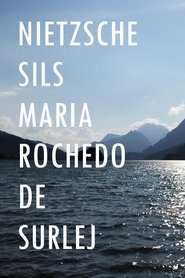 Bressane together with his partner Rosa...
Bressane together with his partner Rosa...Nietzsche Sils Maria Rochedo de Surlej 2019
Bressane (together with his partner Rosa Dias and young filmmaker Rodrigo Lima) guide us through the beautiful Swiss Sils Maria, where Nietzsche spent no less than eight summers. In his letters, Nietzsche indicates which spots brought him to a different understanding of philosophy. He discovered, beyond the philosophical text, a source for ideas in the pure air, in the mountain landscapes, in the water of the lakes, and in the age-old forests.
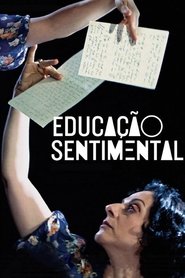 Sentimental Education centers on the unique...
Sentimental Education centers on the unique...Sentimental Education 2013
Sentimental Education centers on the unique relationship between Áurea, a lonely 40 year old teacher, and a young man she has just met by chance – one of these encounters which mythology and literature are full of. A delicate soul who finds itself attracted to a beauty that seems to demand, disturb and move her. That shakes her up entirely. During the days following their first conversation, she will expose all her feelings through classes in which he will let himself be carried away. Until an unusual episode from the past is revealed and changes everything.
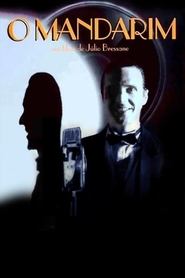 The history of Brazilian popular music...
The history of Brazilian popular music...The Mandarin 1995
The history of Brazilian popular music in the 20th Century, focusing specially on the life and works of intriguing singer Mário Reis, a loner who, with his special way of singing - whispering and softly saying the words - in a time when singers with potent voices ruled, was in a way a forerunner of Bossa Nova style.
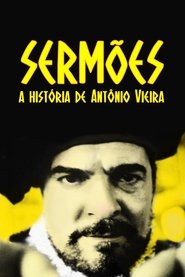 Based upon the life story of...
Based upon the life story of...Sermões 1989
Based upon the life story of Father Antonio Vieira, born in Lisbon in 1608 and deceased in Salvador, Bahia, in 1697. He's considered the first Brazilian writer and one of the most important aesthete of linguistic and of the Portuguese language of all times, a master in the art of metaphor, of verbal relations and analogy. He was persecuted and condemned by the Portuguese Court of Inquisition due to his position against native slavery, against the intolerance to the Jewish people and to the colonial politics of exploration.
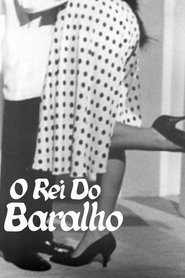 In a movie studio the actors...
In a movie studio the actors...O Rei do Baralho 1975
In a movie studio, the actors are getting made up and the crew is waiting to begin shooting the film. Grande Otelo, the bungling "king of the deck", and Marta Anderson, the blond and provocative star of the show, recite in the historical scenario of the chanchadas, the abandoned studios of Cinédia. "The photography is splendid, it is a sort of parallel song, of critique, of parody, of understanding of a certain light typical of Brazilian cinema of the times, already re-created, already stylized. And with the older actors, Otelo, Lewgoy and the others, something very important happened in the artistic perception, seeing again, doing again, it was already a concrete metalanguage" (J. Bressane).
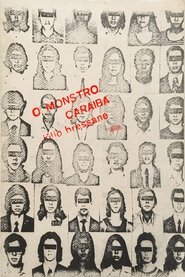 It is a film about the...
It is a film about the...O Monstro Caraíba 1975
It is a film about the deep Brazil, not Brazil as a society, state or experience; it is a film about a geological, prehistoric and pre-logical Brazil. The adventures of the Caribbean monster, its wanderings along a virgin beach evoke, before Brazil, the artistic wanderings of a filmmaker in constant friction and, why not say, struggle against the mommy-daddy cinema, produced without taste, without joy and without adventure.
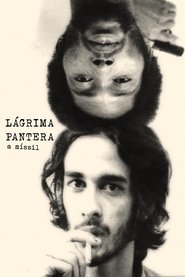 A silent film shot in New...
A silent film shot in New...Lágrima Pantera: A Míssil 1972
A silent film shot in New York in 1972, including scenes in Hélio Oiticica’s apartment. Last film made in exile by Bressane, it mimics the experimental concept of "quasi-cinema" by Hélio Oiticica. It consists of a fragmentary experience of freedom, in super-8 and 16mm, in a code out of time, out of the square, while recreating (with different cameras) the wild and sensitive look that Oiticica dedicated to cinema. Its definitive 71-minute restored version was completed in the early 2000s.
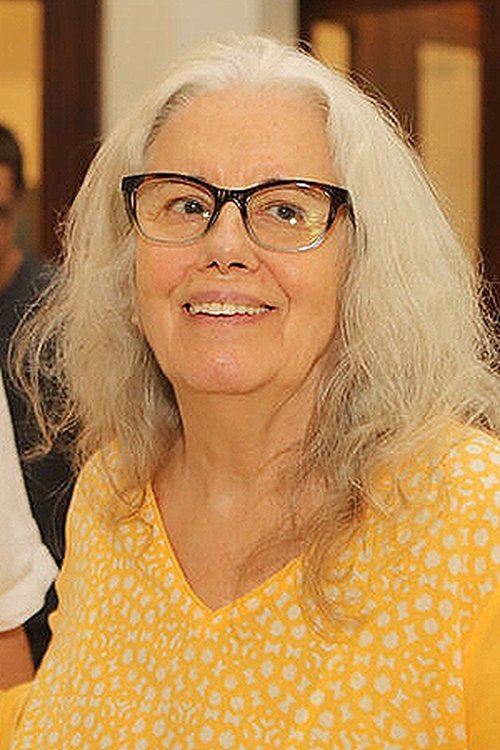
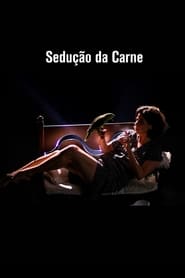 A delicate and tenacious writer widowed...
A delicate and tenacious writer widowed...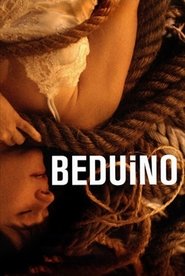 A curious couple whose existence takes...
A curious couple whose existence takes...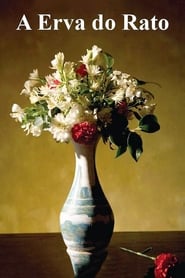 The names of the characters are...
The names of the characters are...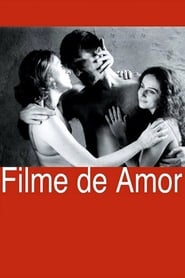 Three friends Hilda Matilda and Gaspar...
Three friends Hilda Matilda and Gaspar...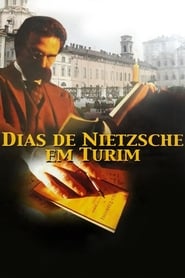 A cinematographic essay without dialogues about...
A cinematographic essay without dialogues about...